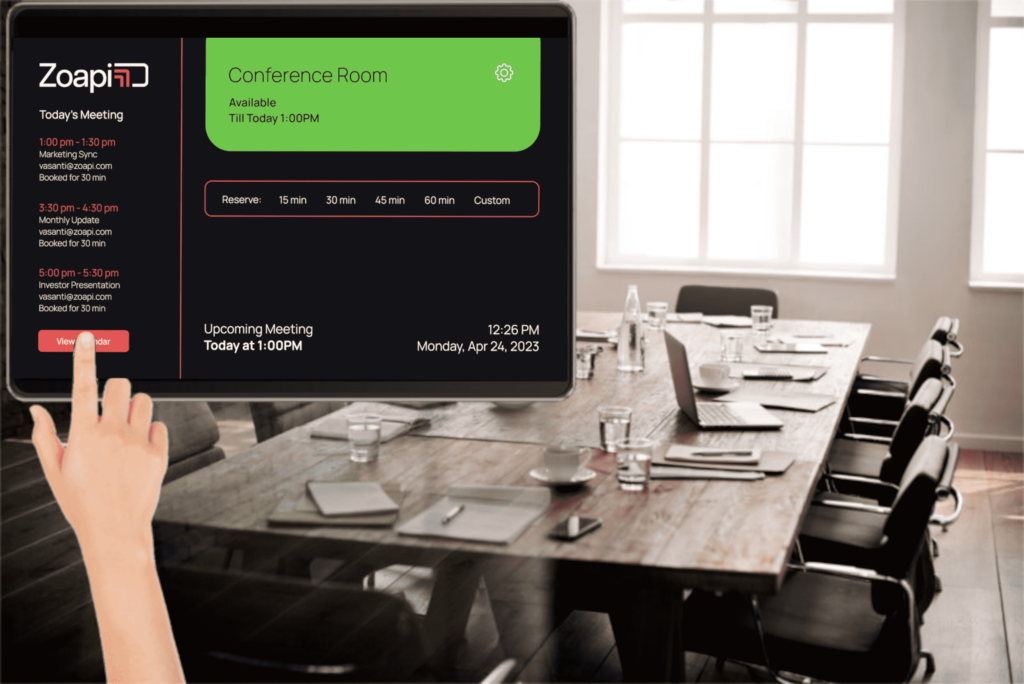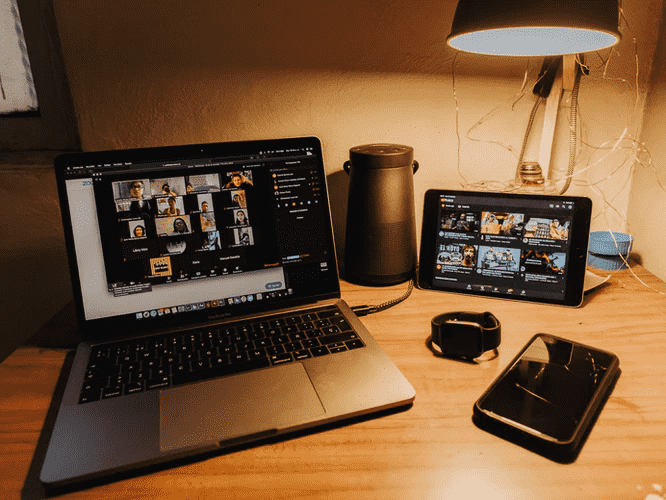
How To Make Recurring Meetings Productive? – 6 Actionable Tips
Did you know that an average employee attends 62 meetings a month? What’s more is that 71% of those meetings are deemed unproductive, indicating a massive problem with meeting management in a variety of businesses.
Now, although recurring meetings lose the initial spark because they take place over and over again, it doesn’t have to. Any relationship requires constant care and attention. Speaking of businesses and organizations, recurring meetings are necessary to maintain productivity among the workforce. Instead of losing the spark, you need to know how to bring it back with a little effort.
Let’s talk about bringing back productivity and spark in recurring meetings.
What You Need To Know About Recurring Meetings?
Recurring meetings are usually prearranged events/gatherings that run on a regular basis (weekly, monthly, or quarterly). Generally, these meetings can have a number of formats and purposes like reviewing leadership strategies, updating the management and staff on company news, checking on accountability, daily reviews, project team check-in meetings, etc.
4 Types of Recurring Meetings You Should Know
Meetings that are held on a regular basis don’t always require the same people to attend; sometimes, it’s a group or just two people.
1. One-on-one Meetings
These meetings are typically held between an employee and their manager. These sessions have a confidential space for discussing objectives, professional development, and performance. There are just two people present at these meetings.

2. Scrum Meetings
Scrum is a framework for project management that incorporates “sprints,” or set periods for noting objectives and setting due dates. These meetings ensure that everyone stays on track. It also prepares you and your team for the job you’ll be conducting shortly.
3. All-hands Meetings
These all-hands meetings serve as a space for staff inquiries, a way to share company-wide updates and a way to celebrate successes. These meetings include each of the members of the department or the firm.
4. Training & Development Meetings
These meetings are centered on career advancement, knowledge exchange, and skill development. Workshops, seminars, and conversations are conducted to enhance staff competencies, cultivate a culture of learning, and synchronize individual goals with business objectives.
Tips to Make Recurring Meetings More Productive
If your recurring meetings seem dull or stagnant or might have just lost the spark, here are a few tips you may apply to reconsider and establish the goal, value, and purpose of the meetings.
1. Set Clear Objective
The goal of a recurring meeting needs to be made apparent to the participants. In fact, it’s especially important to have a clear objective for these meetings because it’s easy to simply show up physically at the designated location and time, but to engage mentally, you need to be aware of what your goals are.
2. Create Agendas
Prepare a detailed agenda ahead of time and share it with the attendees. This guarantees that the participants will know precisely what to anticipate, saving both their time and the office space of your firm. Make sure you include the topic of discussion, the approximate duration of each item, the time to review all items, what to expect from it, and any actionable items that involve the next steps and expected deliverables.
3. Plan Meetings With Room Scheduler
Make use of the meeting room booking software to locate a space that can hold the attendees who are able to come in person. Ensure that your preferred room can host video conferences for people who are not in the room. This saves space and time, besides increasing productivity. A recurring meeting scheduler makes sure it does the job perfectly.
4. Invest in Advance Smart Meeting Technologies
Consider investing in advanced smart meeting solutions to get the most out of recurring meetings and increase productivity. These tools improve employee collaboration and expedite meeting procedures. Making use of collaborative platforms facilitates the establishment of agendas, document exchanges, and task assignments, thereby ensuring that everybody is aware and prepared before the meeting begins.
5. Leverage Video Conferencing Software for Better Collaborations
Teams can hold virtual meetings by utilizing video conferencing systems, regardless of their geographical location. As a result, employees feel more engaged and connected, which further improves communication and teamwork.
Additionally, video conferencing makes it possible to employ visual displays like whiteboards, presentations, and screen sharing, which eventually helps to communicate ideas and concepts more clearly.
6. Make it Engaging With Interactive Displays
As mentioned earlier, visuals and interactive displays are essential tools that can change the entire course of the meeting by simplifying difficult concepts and encouraging participation. They not only make your meetings interactive but your presentation more colorful, engaging, and understandable.
How Can Zoapi Help in Making Recurring Meetings Productive?
Zoapi can make regular meetings more productive by offering advanced and smart meeting room solutions. Zoapi’s services, which include interactive whiteboarding, wireless screen sharing, and remote participant integration, make collaboration easier and guarantee smooth communication in every session. Teams can conduct productive and interesting recurring meetings with more efficiency and results because of its user-friendly interface and adjustable settings.
Conclusion
Summing up, who said recurring meetings have to be a dreaded part of our work routines? This guide covers things that can go wrong with recurring meetings but, more importantly, what you can implement to avoid the mistakes. All in all, the key to a successful recurring meeting entirely depends on the firm’s continuous improvement and its adaptability to the latest trends and technologies.
Frequently Asked Questions
Why are recurring meetings important?
Recurring meetings are important because they ensure regular communication, alignment, and progress tracking within teams. They facilitate collaboration, consistency, and accountability, ultimately driving productivity and achieving organizational goals.
How to schedule recurring meetings?
To schedule recurring meetings, you need to use your calendar or scheduling software. Next, select the frequency (e.g., daily, weekly, monthly) and set the duration and time of the meeting. Invite the participants and share your agenda to ensure everyone is aware and prepared accordingly.






